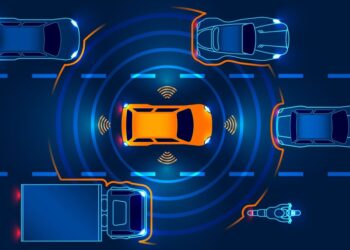Our courts fulfill a vital Constitutional mission by providing access to justice and preserving the rights and freedoms of all Minnesotans.
Since the pandemic began, our courts have been asked to rethink virtually every aspect of our operations. We have grown during this crisis by innovating our way through many challenges to keep the doors to justice open.
The resilience of the justice system is a testament to the commitment of both the bench and the bar to ensure people have a place to turn to seek justice. Our courts have persevered and are positioned to emerge more robust and resilient from this time of crisis.
We have learned new ways of doing business, adopted new technology solutions, and tested new processes. This wasn’t an easy transition, but our justice system’s ability to shift to an online environment was successful.
The use of remote hearings allowed our courts to continue functioning. We pivoted to a virtual courtroom when the pandemic began and soon conducted more than 10,000 remote hearings each week. Between the winter of 2020 and the summer of 2021, nearly 93% of all court hearings were held online each week. Today, more than 85% of court hearings are conducted online.
Our bench and bar partnership served us well as we quickly acclimated to this online format and will be even more critical as we navigate our long-term recovery from the pandemic, applying lessons learned to drive lasting improvements in court operations.
Remote hearings have been integral to maintaining access to justice. Their use has been widely embraced by the justice community and the people we serve. Through surveys, focus groups, and other means, we have heard from attorneys and litigants that, in many cases, they prefer the ease and convenience provided by remote hearings.
In June, the Minnesota Judicial Branch will launch a new framework that sets out a phased approach to using remote and in-person hearings to make our courts more convenient, efficient, and user-friendly. This decision reflects our shared success at implementing remote hearings and our long-standing commitment to listening to our court users.
In the initial phase of this framework, district courts will follow statewide guidelines to determine which non-criminal hearings are heard in person and which are heard remotely. Each judicial district will also implement a local plan for using both remote and in-person hearings for criminal cases to help support reducing the backlog in Major Criminal cases. Once the backlog reduction goals have been achieved, we will refine a long-term statewide approach to using remote hearings for criminal cases.
Accompanying these plans in the year ahead will be the launch of new online tools such as a court hearing check-in process and a digital exhibit management system. We also remain focused on improving online courtroom decorum and ensuring people can access and participate in remote court hearings.
This evolution of court operations will be an open and transparent process. We will use best practices, respond to issues as they arise, and seek stakeholder feedback to ensure that a more permanent approach to remote and in-person court hearings meets the needs of our justice partners and the people we serve.
On behalf of my fellow judges and justices, I thank the bar for its excellent work navigating the challenges of this pandemic and for all you have done to support the cause of justice in Minnesota.










